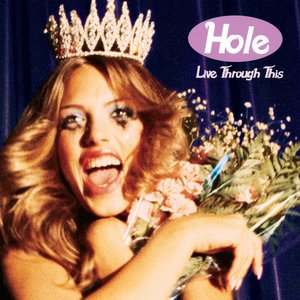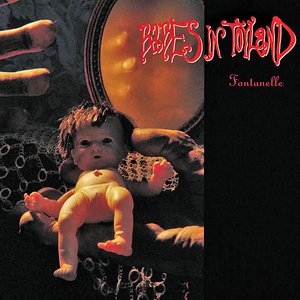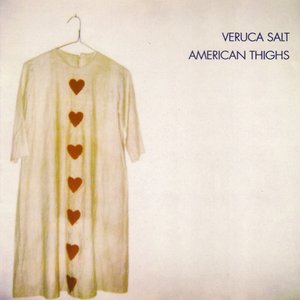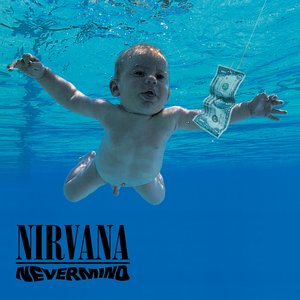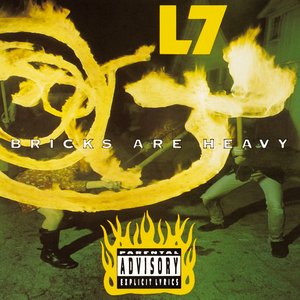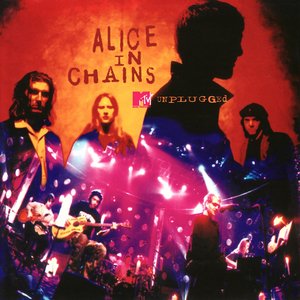Wiki
-
Length
3:29
"Asking for It" is a song by the American alternative rock band Hole. It is the fourth track on the band's second studio album "Live Through This", released on April 12, 1994, on Geffen Records. The song was written by vocalist and rhythm guitarist Courtney Love and lead guitarist Eric Erlandson.
Although not released as a single, "Asking for It" is one of the band's most notable songs as it charted a brief, four-week appearance on Billboard's Modern Rock Tracks in the United States in February 1995, peaking at number 36. It is also known as one of the three released Hole recordings to feature Love's husband Kurt Cobain.
"Asking for It" was one of the many songs written by Love and Erlandson following the release of Hole's debut studio album "Pretty on the Inside", and the subsequent departures of drummer Caroline Rue and bassist Jill Emery. Although thought to be written in 1992, the term "asking for it" was coined by Love as early as 1990 and appears in the lyrics to the band's 1991 single "Dicknail". The opening lines of the song were used by Love in a 1991 interview with British journalist Everett True, in response to one of his questions.
The first and only known studio version of the song was recorded in October 1993 as part of the "Live Through This" sessions at Triclops Studios in Atlanta, Georgia. On October 18, halfway through the sessions, Love's husband, Kurt Cobain of Nirvana, joined the band in-studio and provided backing vocals for a number of songs, including "Asking for It". Kristen Pfaff, who was Hole's main backing vocalist and bassist at that time, can also be heard on the record. Cobain, however, was unfamiliar with the material, and was encouraged to "just sing off the top of head". His vocals during the bridge are audible on the album version, albeit low in the mix. An alternate mix of the song, sourced from a radio broadcast of Hot Modern Rock Tracks in 1995, circulated amongst the general public in 1998 and features Cobain's prominent backing vocals, as well as an extended bridge and additional verses. Due to this recording, the song is known for being a source for those who believe Cobain contributed largely to the album.
Track descriptions on Last.fm are editable by everyone. Feel free to contribute!
All user-contributed text on this page is available under the Creative Commons Attribution-ShareAlike License; additional terms may apply.

